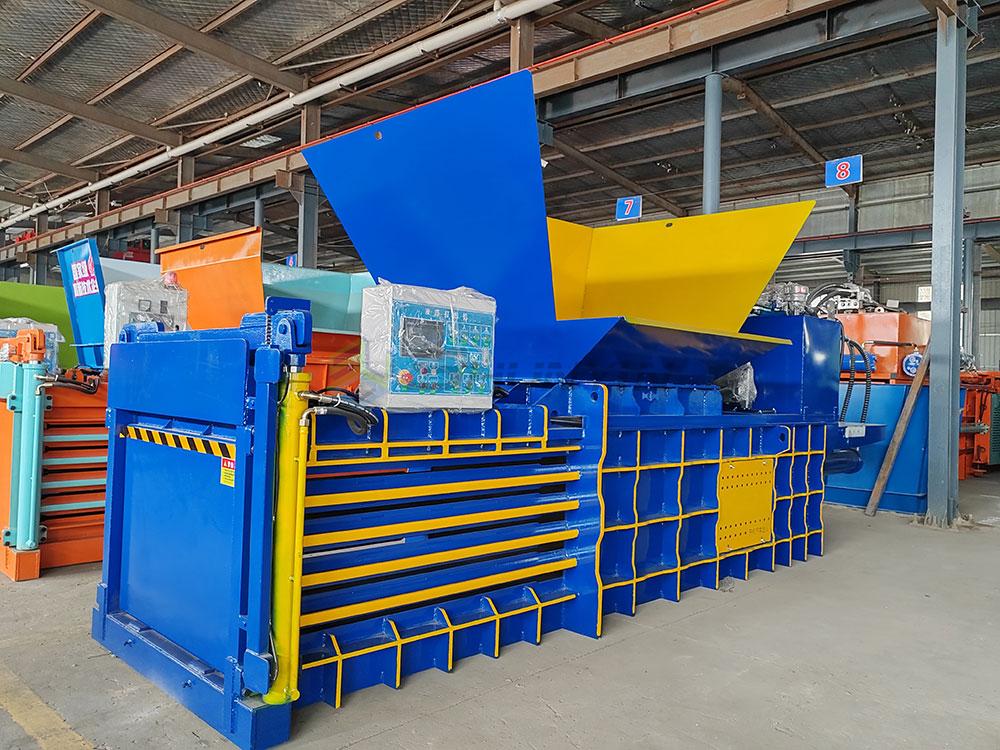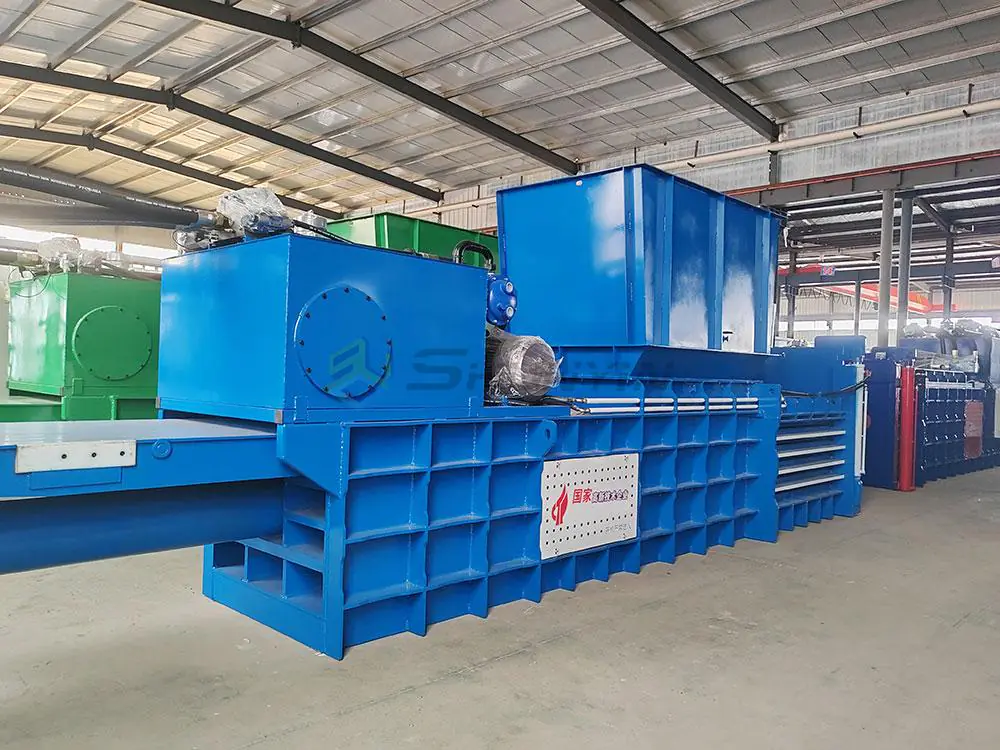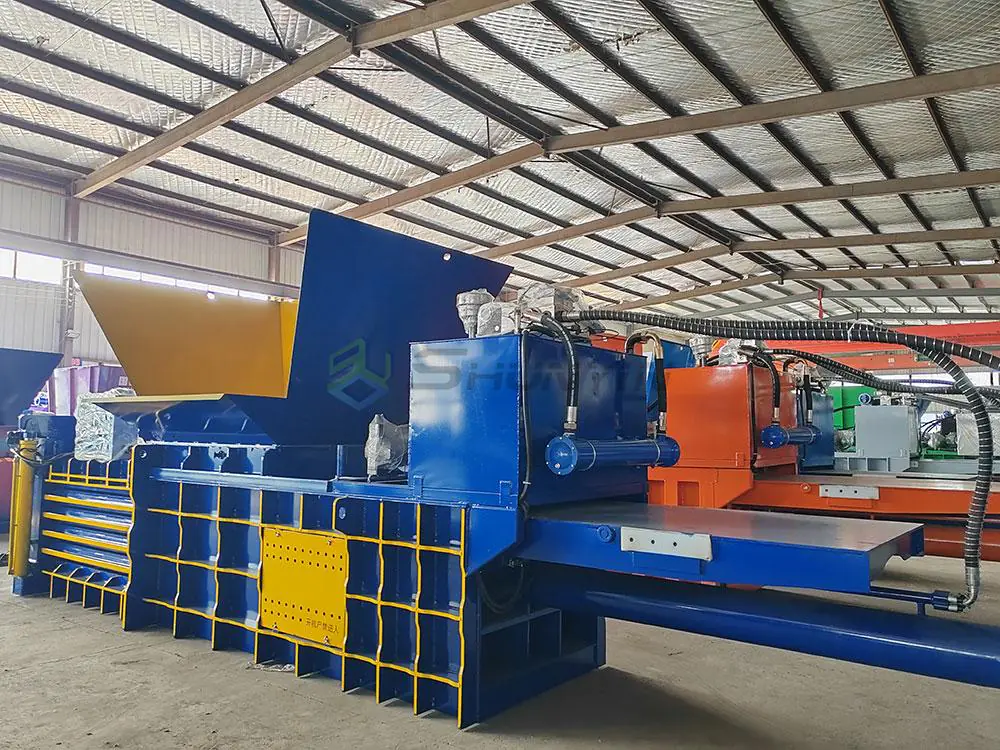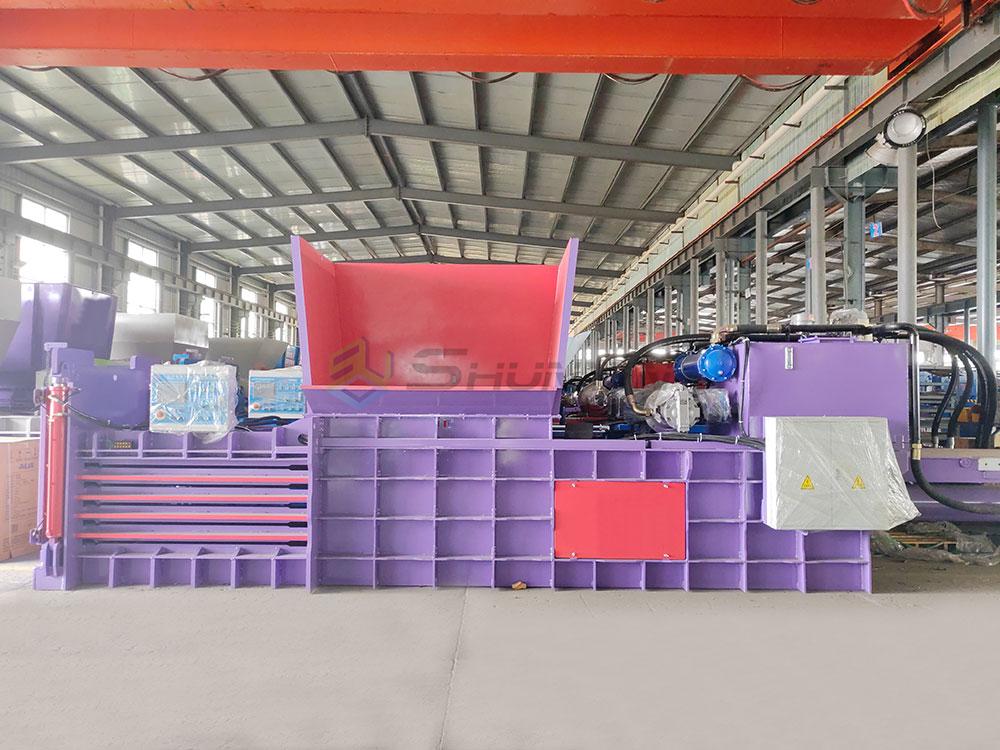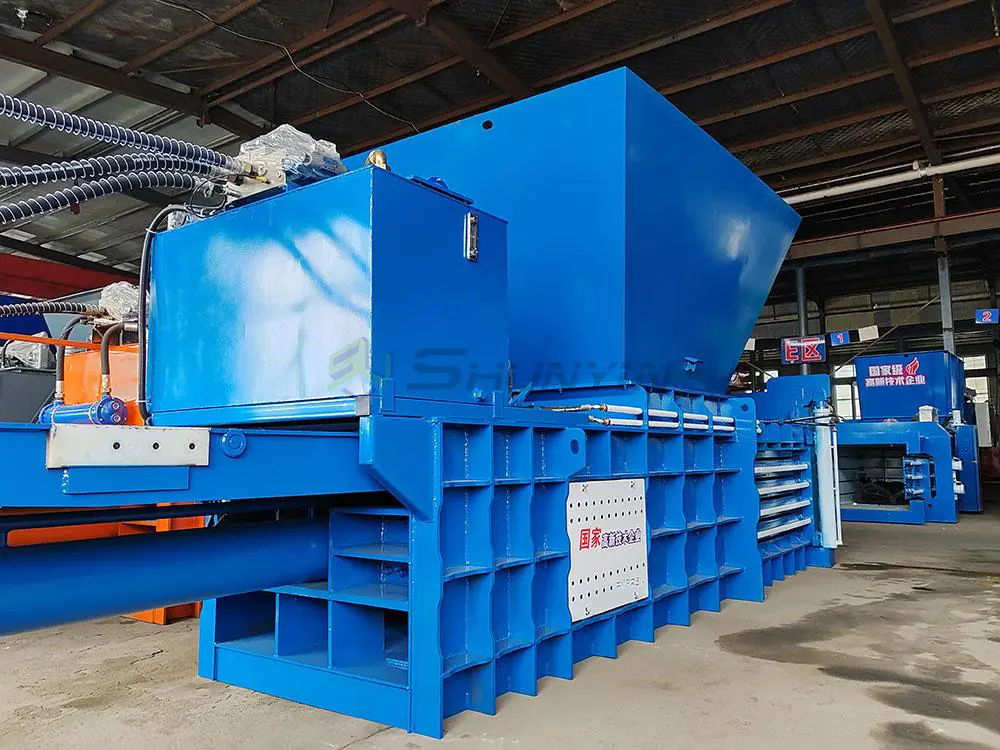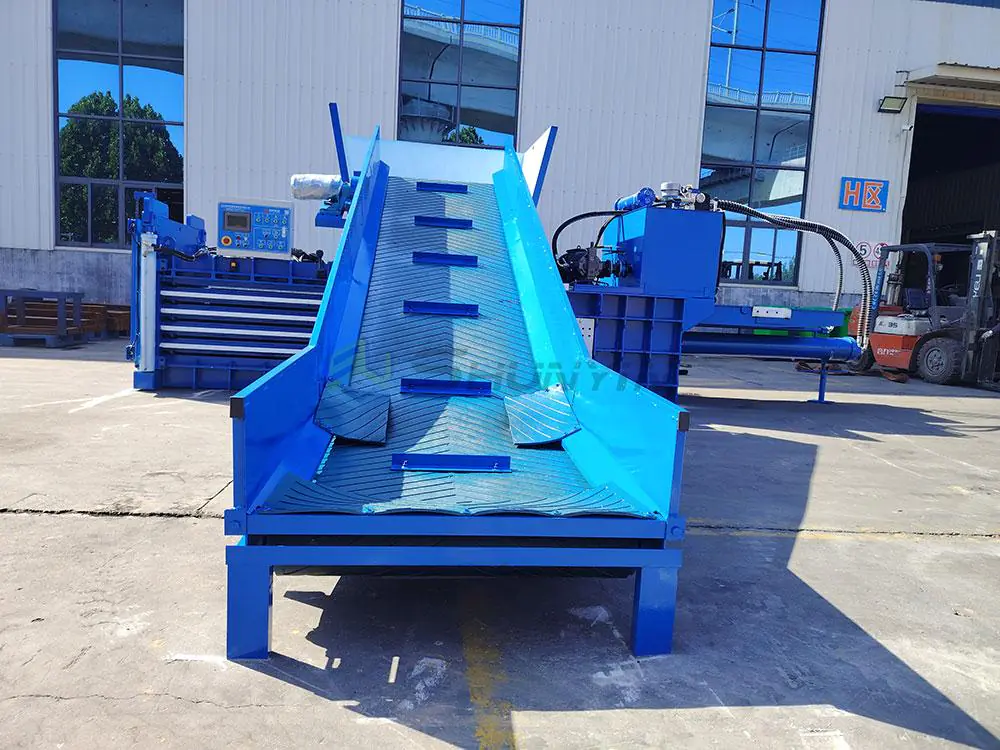
Last month, a client nearly bought a trash compactor for plastic recycling – until we intervened. This confusion costs businesses thousands yearly. Let’s eliminate equipment ambiguity.
Balers compress recyclables into structured bales using hydraulic pressure, while compactors simply reduce material volume without forming uniform blocks. Key differences: balers produce transport-ready bundles (200-1000kg) with 15:1 compression, whereas compactors achieve 5:1 ratio for general waste. Balers preserve material value; compactors merely minimize landfill space.
Understanding these machines’ distinct roles determines your operational profitability. Let’s dissect each equipment type through real-world scenarios.
What Is The Difference Between A Bailer And A Baler?

Our customer service logs show 37% misspell "baler" as "bailer" – until they see our machines in action. Here’s why terminology matters:
"Bailer" is a common misspelling – the correct term is "baler". Professional balers refer to heavy-duty hydraulic compression machines forming recyclable bales. "Bailer" sometimes describes agricultural equipment for hay baling, not industrial recycling systems. Precision matters when sourcing commercial-grade equipment.
Terminology Clarification Table
| Term | Definition | Common Use | Industrial Relevance |
|---|---|---|---|
| Baler | Hydraulic compactor creating dense bales | Recycling plants | High (core equipment) |
| Bailer | Manual/agricultural bale forming tool | Farming | Low |
| Compactor | Volume reduction machine | Waste management | Medium |
| Roller | Surface compression equipment | Construction | None |
A Japanese buyer shared: "We almost purchased hay bailers from agricultural suppliers. Your team saved us from a $80,000 mistake through proper terminology guidance."
What Is The Difference Between A Compactor And A Roller?
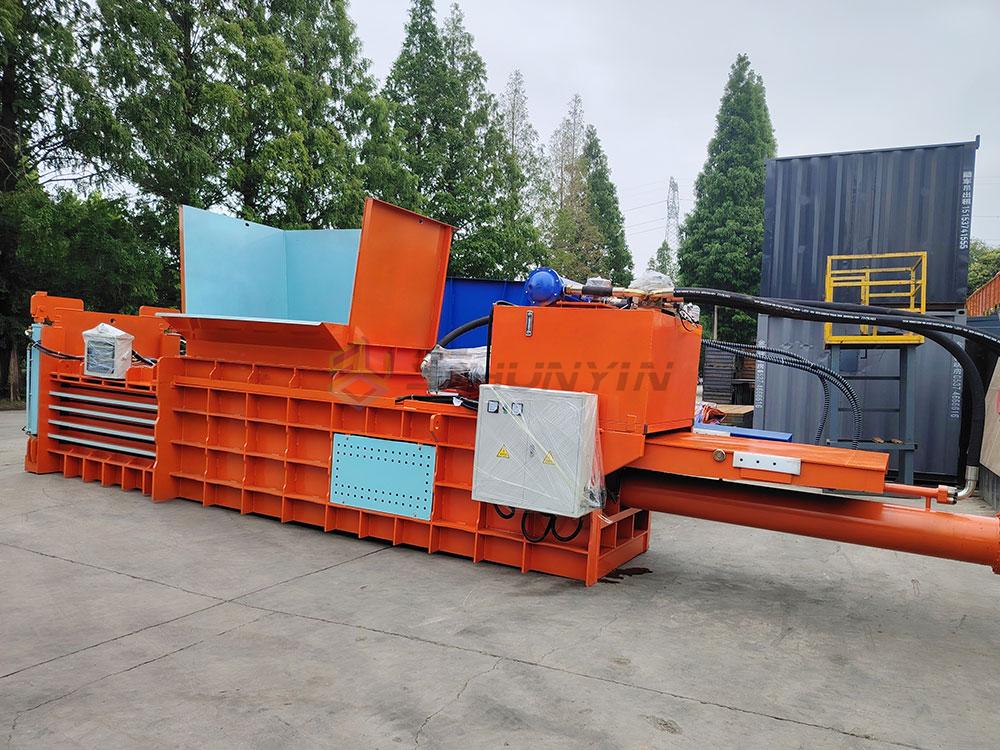
When a construction firm tried compacting HDPE with road rollers, we witnessed material contamination disaster. Know your machinery:
Compactors use vertical hydraulic force to crush waste into dense masses (e.g., landfill compactors). Rollers employ horizontal pressure for surface compression (road construction). Compactors maintain contained material processing; rollers compact surface layers. Recycling requires contained compression to prevent material loss.
Application Comparison
| Parameter | Compactor | Roller | Baler |
|---|---|---|---|
| Force Direction | Vertical | Horizontal | Vertical |
| Compression Ratio | 5:1 | N/A | 15:1 |
| Output Form | Amorphous mass | Flat surface | Structured bale |
| Material Retention | 85-90% | 0% | 98-99% |
| Industry Usage | Waste management | Construction | Recycling |
Our engineers recall: "A client’s road roller scattered PET flakes across their yard. We replaced it with a baler – material loss dropped from 25% to 2% immediately."
What Is The Purpose Of A Compactor?

When a supermarket chain wanted to reduce dumpster fees, we suggested compactors instead of balers. Here’s why:
Compactors primarily reduce general waste volume for cost-effective disposal. They crush mixed materials (non-recyclables) into dense blocks for landfill transport. Common types include trash compactors (30-50% volume reduction) and landfill compactors (60-75% reduction). Unlike balers, they don’t preserve material integrity for recycling.
Compactor Types Breakdown
| Type | Pressure | Volume Reduction | Ideal Materials |
|---|---|---|---|
| Apartment | 2-3 tons | 30% | Household waste |
| Commercial | 4-6 tons | 45% | Retail packaging |
| Landfill | 8-12 tons | 70% | Municipal waste |
| Baler | 10-30 tons | 85% | Recyclables |
A Singaporean hotel manager reported: "Installing trash compactors cut our waste collection costs by 40%, but we needed balers when starting plastic recycling – different purposes entirely."
What Is A Baler?

When our R&D team first tested baling in 2012, productivity tripled overnight. Discover this game-changing equipment:
A baler is a hydraulic press creating dense, stackable material blocks. Industrial balers process recyclables (plastics, paper, textiles) into standardized bales (600-1000kg). Features include automatic feeding systems, programmable compression cycles, and bale tying mechanisms. Horizontal balers dominate large-scale recycling, while vertical models suit smaller operations.
Baler Specifications by Model
| Model | Pressure | Bale Size | Cycle Time | Capacity |
|---|---|---|---|---|
| Vertical | 8-12 tons | 50x50x80cm | 90s | 1t/day |
| Horizontal | 20-30 tons | 120x80x70cm | 45s | 15t/day |
| Closed-Door | 30-50 tons | 150x100x90cm | 120s | 40t/day |
| Auto-Tie | 15-25 tons | 100x60x60cm | 30s | 10t/day |
"Before balers, our paper recycling required 6 workers," said a North American client. "Now one operator produces 8x more baled material daily. ROI achieved in 14 months."
Conclusion
Choosing between balers and compactors defines your operational efficiency and profitability. Balers preserve recyclable value through structured baling (15:1 compression), while compactors merely reduce mixed waste volume (5:1). Still uncertain about your needs? Contact our equipment specialists for personalized machine recommendations and onsite demonstrations.


